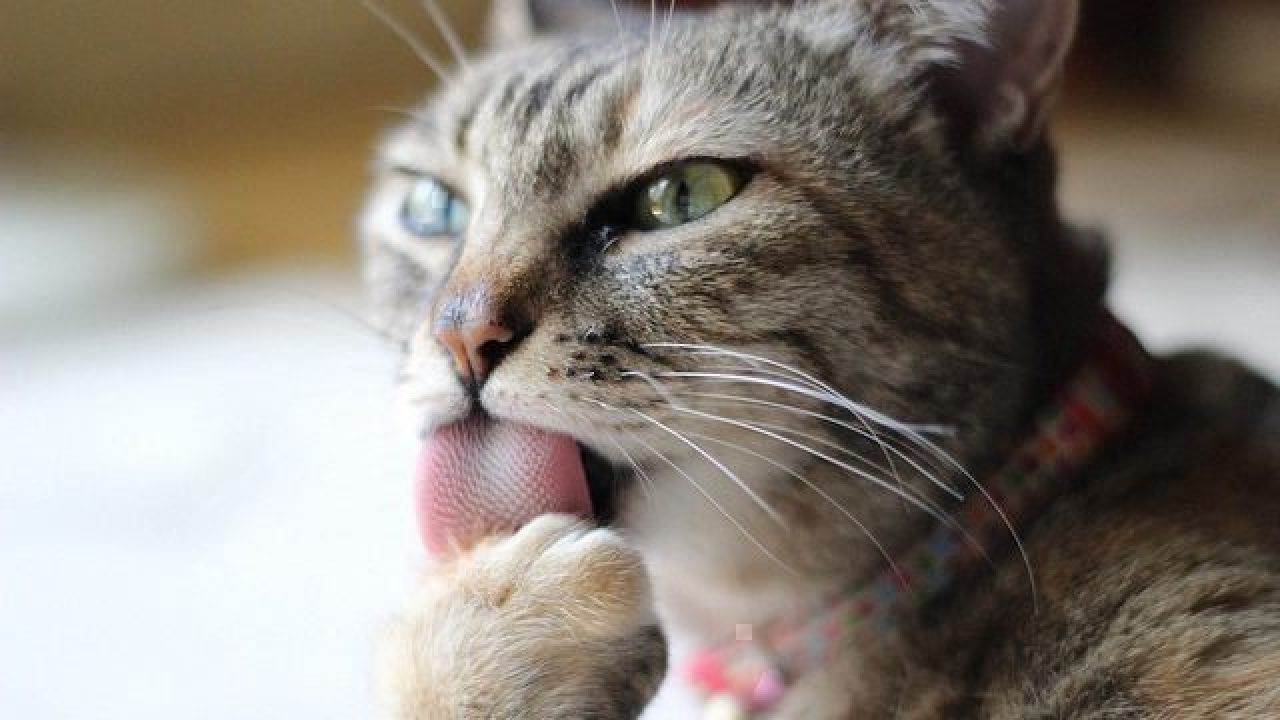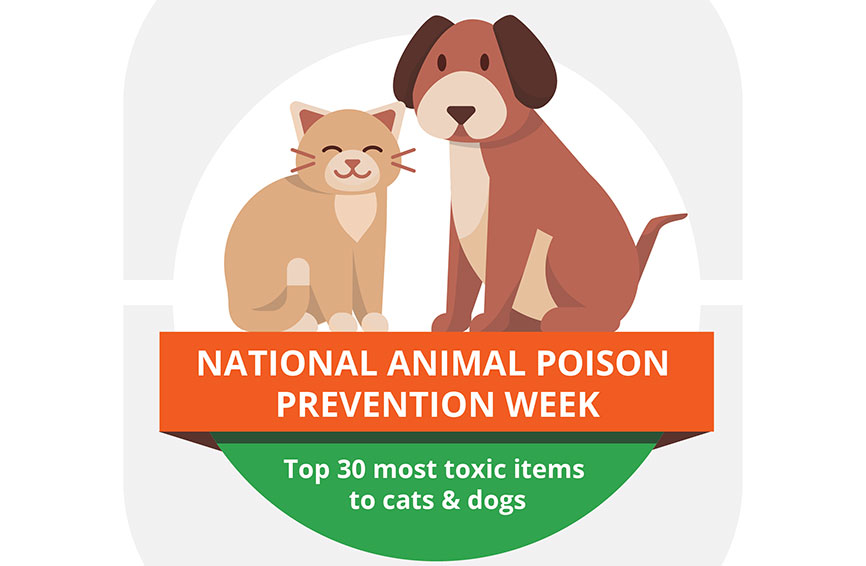Table of Contents
Key Takeaways
- Cats need their paws to jump, play and pounce, so it’s very common for paws to get worn down.
- Playing on rough surfaces and environmental irritants often cause paw scrapes in cats.
- Paw scrape symptoms include limping, meowing in pain and excessive licking.
- Wash paw scrapes with warm water and put a protective sock on the paw to keep an injury clean and prevent infection.
- You can help prevent paw scrapes by keeping your cat indoors, keeping up with grooming and using lotion on cracked pads.
Cats live on their paws – they’re a cat’s most valuable tool, used to jump, pounce and play. With all this wear and tear, it’s no wonder paws sometimes get worn a little too thin. Scrapes on the delicate pads of cats’ paws are painful and can even become infected if not properly treated.
Learn how to recognize the symptoms of paw scrapes in cats and how to provide at-home treatment yourself.
Causes of Cat Paw Pad Injuries

Scraped paws are usually the result of physical trauma, like playing on rough surfaces such as concrete or asphalt. An outdoor cat is more likely to have small objects like splinters or pebbles get stuck in paw pads or between the toes. Always inspect your pet’s paws after a trip outside, as embedded objects can become infected, leading to an abscess. An abscess is a pocket of bacterial infection that requires veterinary treatment: either surgical removal or flushing and draining, followed by antibiotic therapy.
Paw injuries may also be caused by overgrown claws that curl around and poke the paw pads. Cats’ paw pads can be injured by sharp objects like broken glass, metal, splintering wood, or bites (resulting from a cat fight, for example).
Cat paw injuries can also be caused by irritants, which in some cases results in more of a burn. Automotive fluids, like antifreeze, as well as de-icers such as rock salt cause chemical burns on cats’ paws. It’s safest to keep your kitty indoors, especially during winter, to avoid contact with these chemicals that could lead to paw pad injuries. If your cat does venture outside during cold months, be sure to wipe their paws with a warm, wet washcloth to remove any possible irritants. Alternatively, you can purchase paw wipes at pet stores.
Cat Paw Injury Symptoms
This injury is relatively minor, and most paw scrapes heal with time. Signs of more serious paw scrapes include:
- Refusing to put weight on the paw
- Redness or bleeding on the paw pads
- Discharge from the paw (e.g., pus)
- Swelling
- Limping
- Excessive licking the injury
- Vocalizing or meowing in pain
Any swelling, serious bleeding, or loose skin on the paw pad may indicate infection and should be looked at by a veterinarian as soon as possible.
How to Treat Cat Paw Injuries

At-home treatment is the best option for minor paw wounds.
- Clean the wound: Keep the wound clean by rinsing the affected area with warm water two or three times a day, especially after litter box use.
- Use antiseptics: You can find animal-safe antiseptic sprays from your vet clinic or at pet supply stores. Use these to help keep the wound clean and prevent bacterial infection. Do not use alcohol or hydrogen peroxide because they will damage the paw pad.
- Keep it protected: Though your cat may not allow it to stay on, you can try using a protective sock or bootie on the injured paw. Make a DIY cat boot using a child’s sock and medical tape; never apply tape directly to the fur– only to the sock itself. The tape should be snug enough to keep the sock on, but not so tight that circulation will be cut off.
- Use a cone: Some cats may not leave the injury alone. Excessive licking can cause infection and delay healing. You may need to make your cat wear a cone (or cone alternative) to prevent licking.
If the wound hasn’t healed within a week, make an appointment with your veterinarian. Veterinary treatment for deeper or more serious paw scrapes can involve stitches, temporary bandages, and antibiotics to ward off a potential infection. If something is lodged within the paw, your veterinarian will need to perform minor surgery to remove the foreign object and clean the wound.
Preventing Paw Scrapes in Cats

While your cat is young, keep their paw pads injury-free by not letting them play on rough surfaces. In fact, it’s safest not to let them outside at all to avoid various hazards like sharp pebbles, splintered wood, broken glass, and other outdoor dangers.
Inspect your cat’s paws regularly for any abnormalities or injuries, especially after spending time outside. During winter, wipe your cat’s paws to remove any salt or chemical deicers. You can also purchase protective creams made specifically for pets to protect your cat’s paws from drying out and cracking.
Tip: Regularly handling your kitten’s paws while they are young will help get them used to the sensation, making nail trims and grooming much easier as your kitten gets older.
Cats with long fur should have the tufts between their paw pads trimmed to prevent items like burrs or gravel from getting stuck in them. Keep your cat’s nails trimmed to prevent an overgrown nail from a painful break or growing into the paw pad.
Both adult cats and kittens are prone to scraping the delicate pads of their paws. Regular grooming and keeping your cat inside can help prevent this injury. Most paw scrapes heal on their own, but if your cat’s wound still hasn’t closed after a week or appears swollen and oozy, make an appointment with your veterinarian.
The content is not intended to be a substitute for professional veterinarian advice, diagnosis, or treatment. Always seek the advice of your veterinarian or other qualified health provider with any questions you may have regarding a medical diagnosis, condition, or treatment options.







